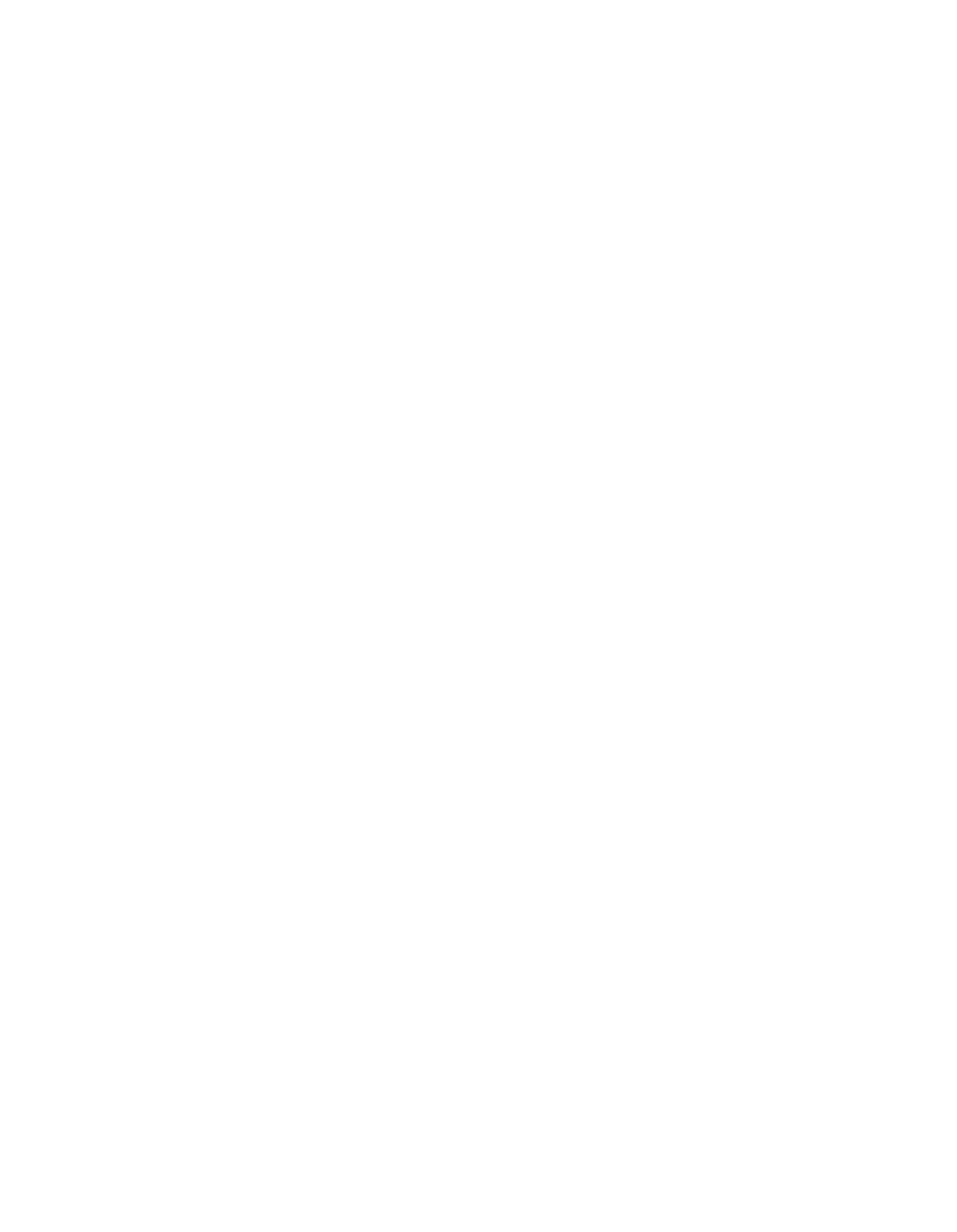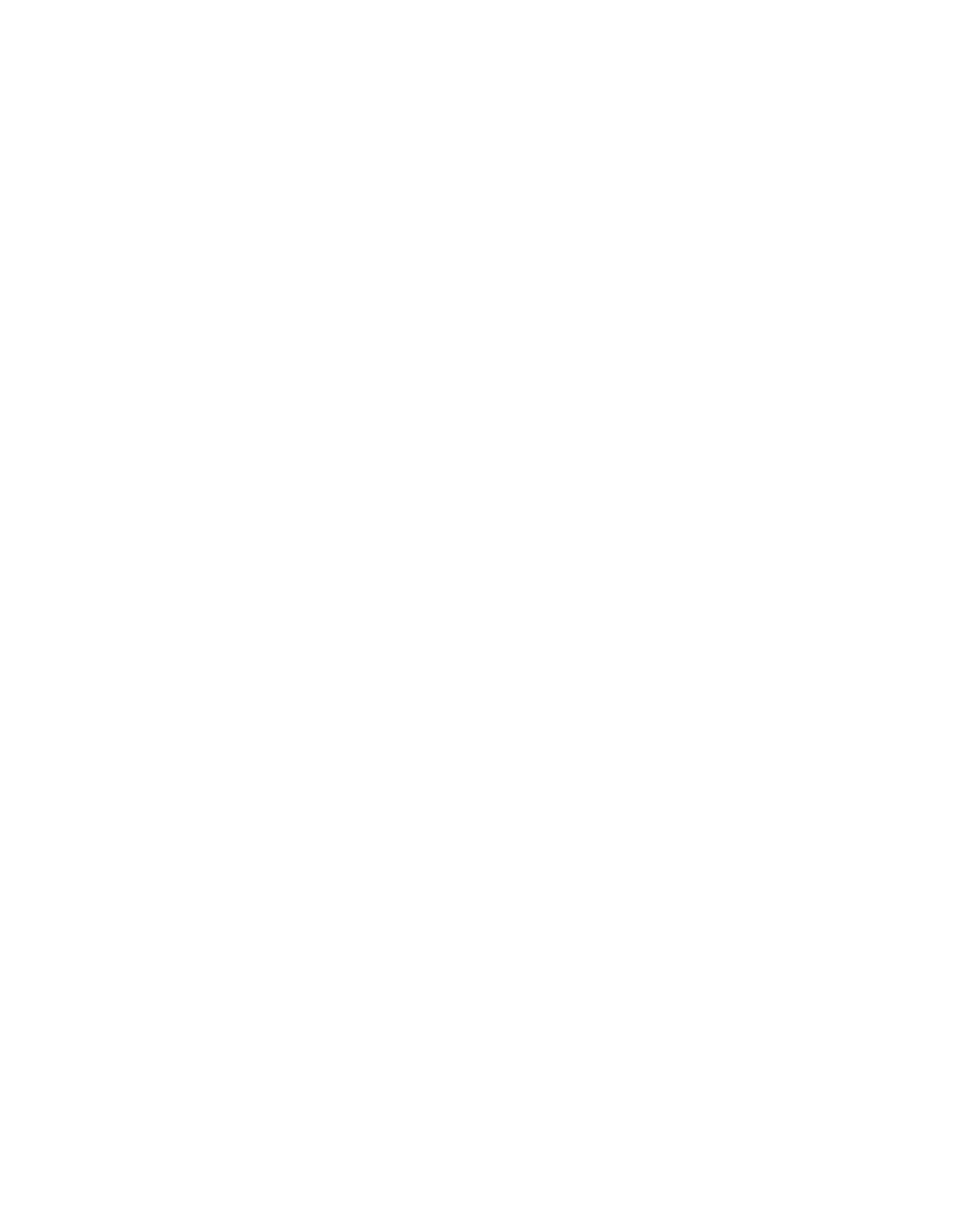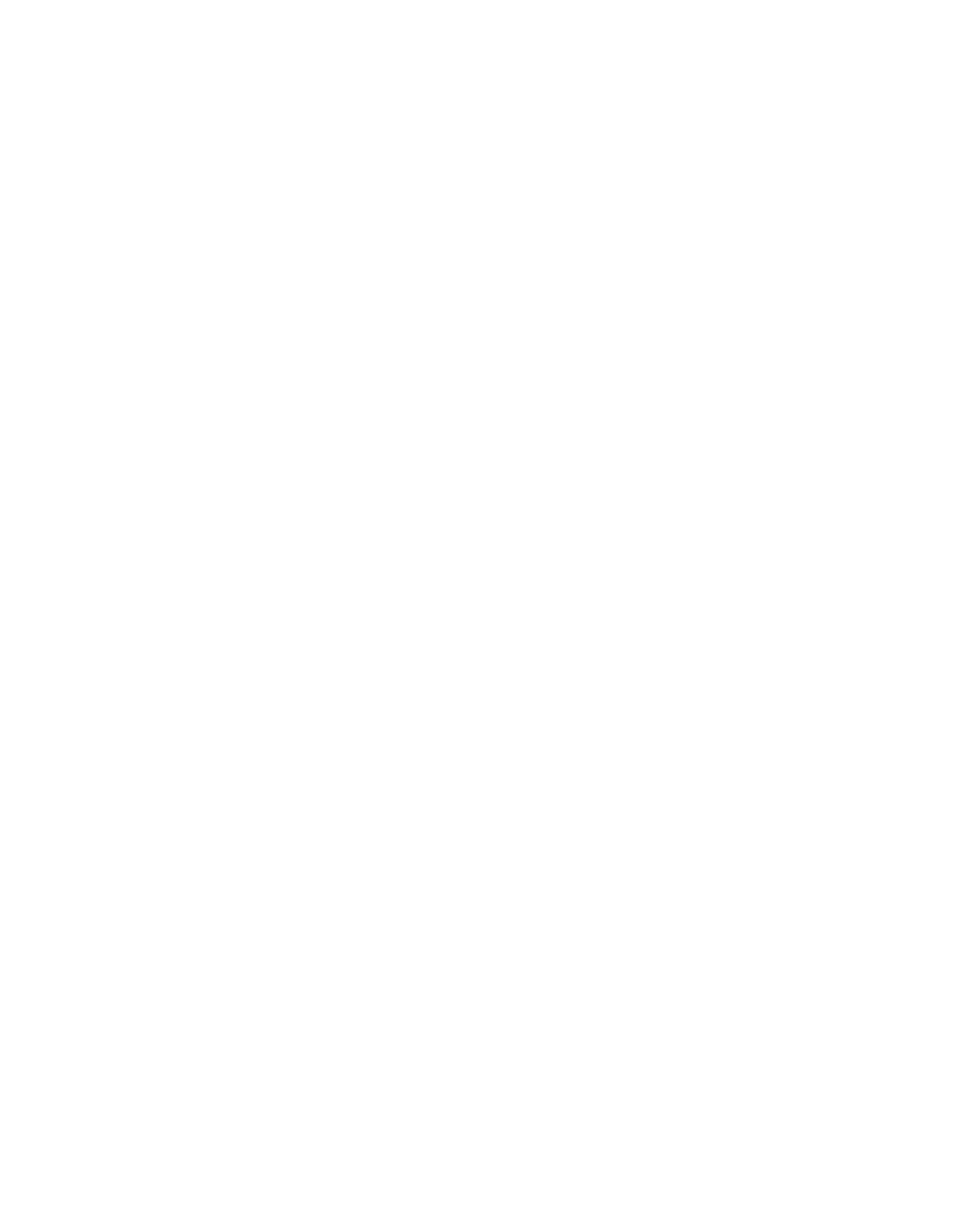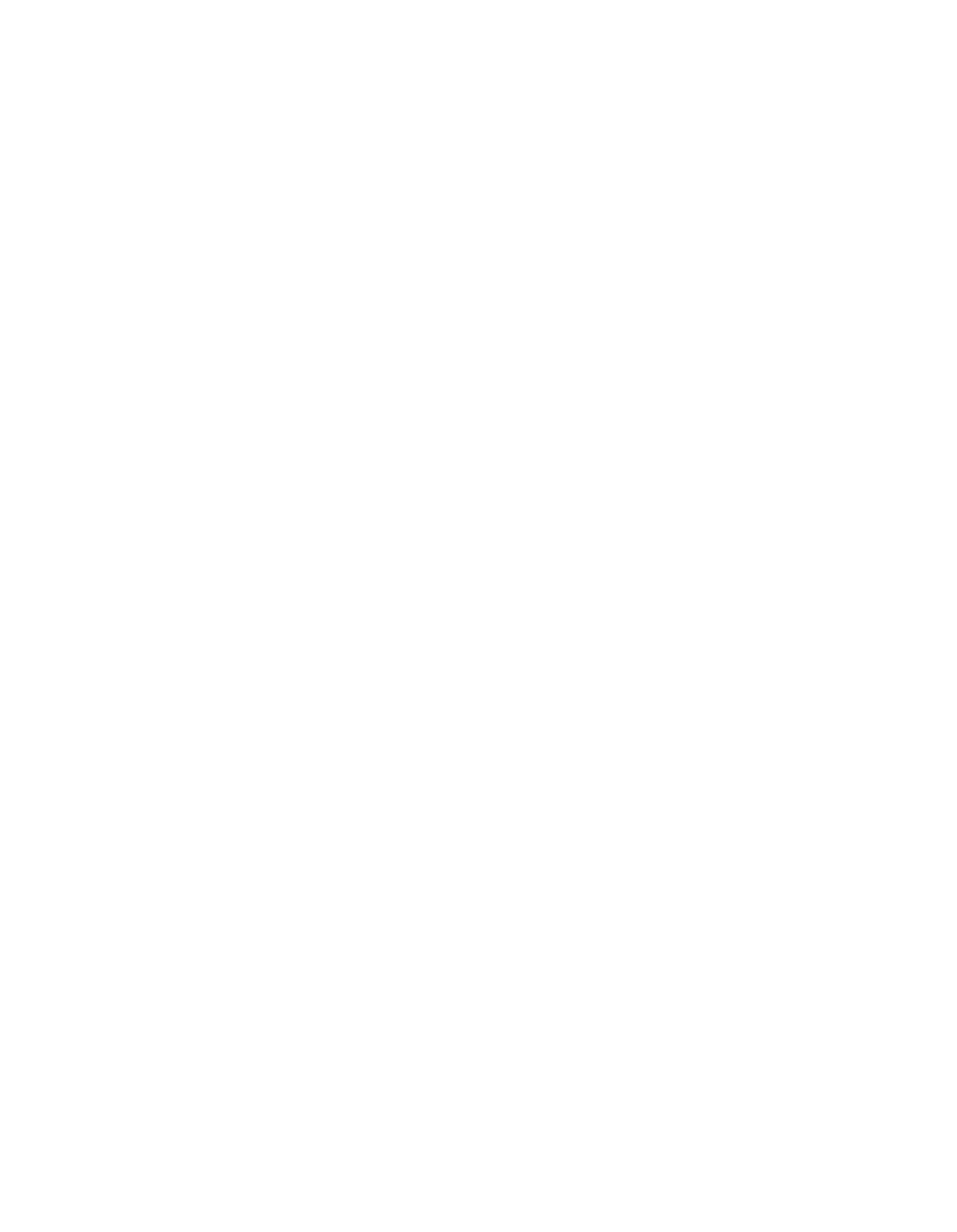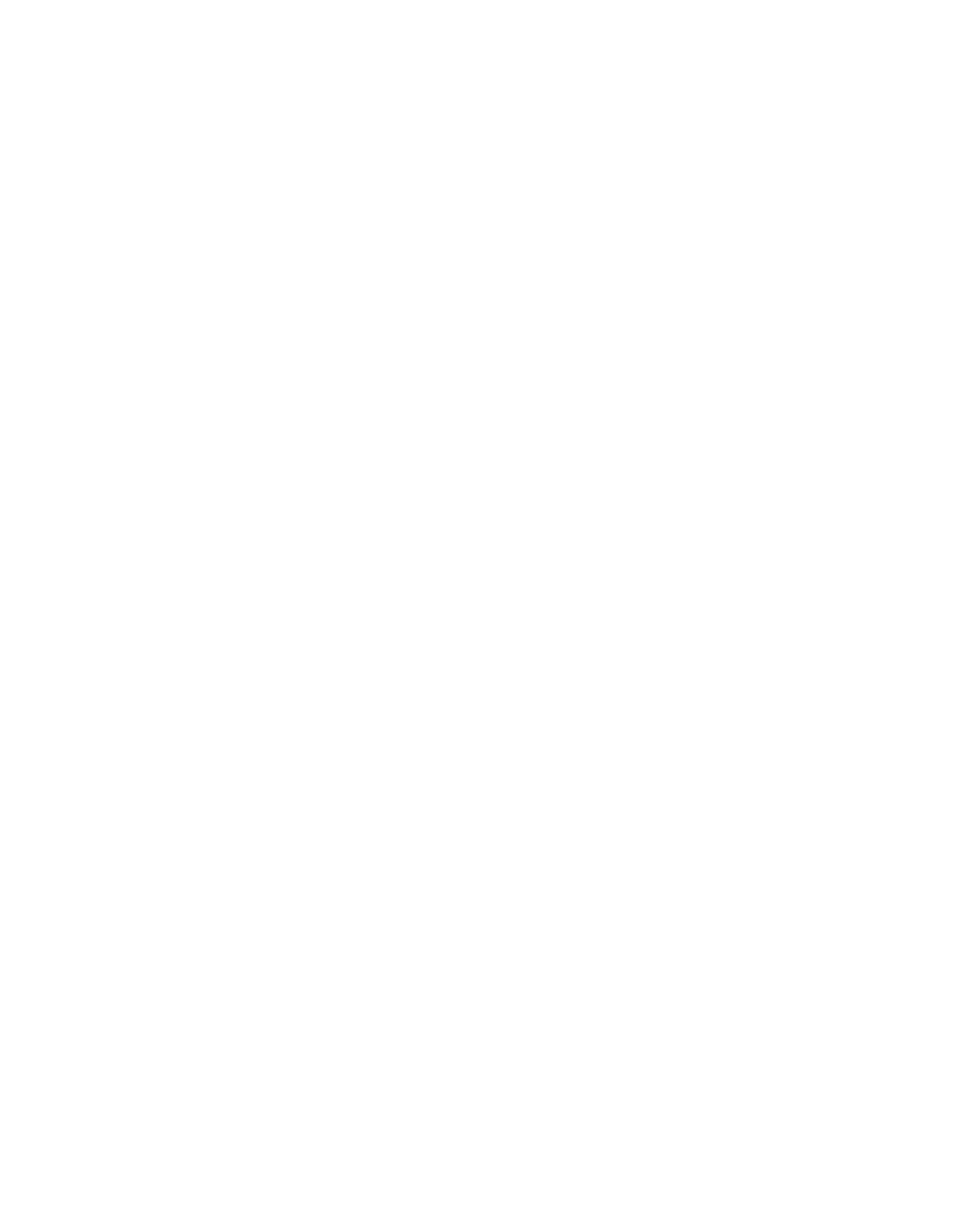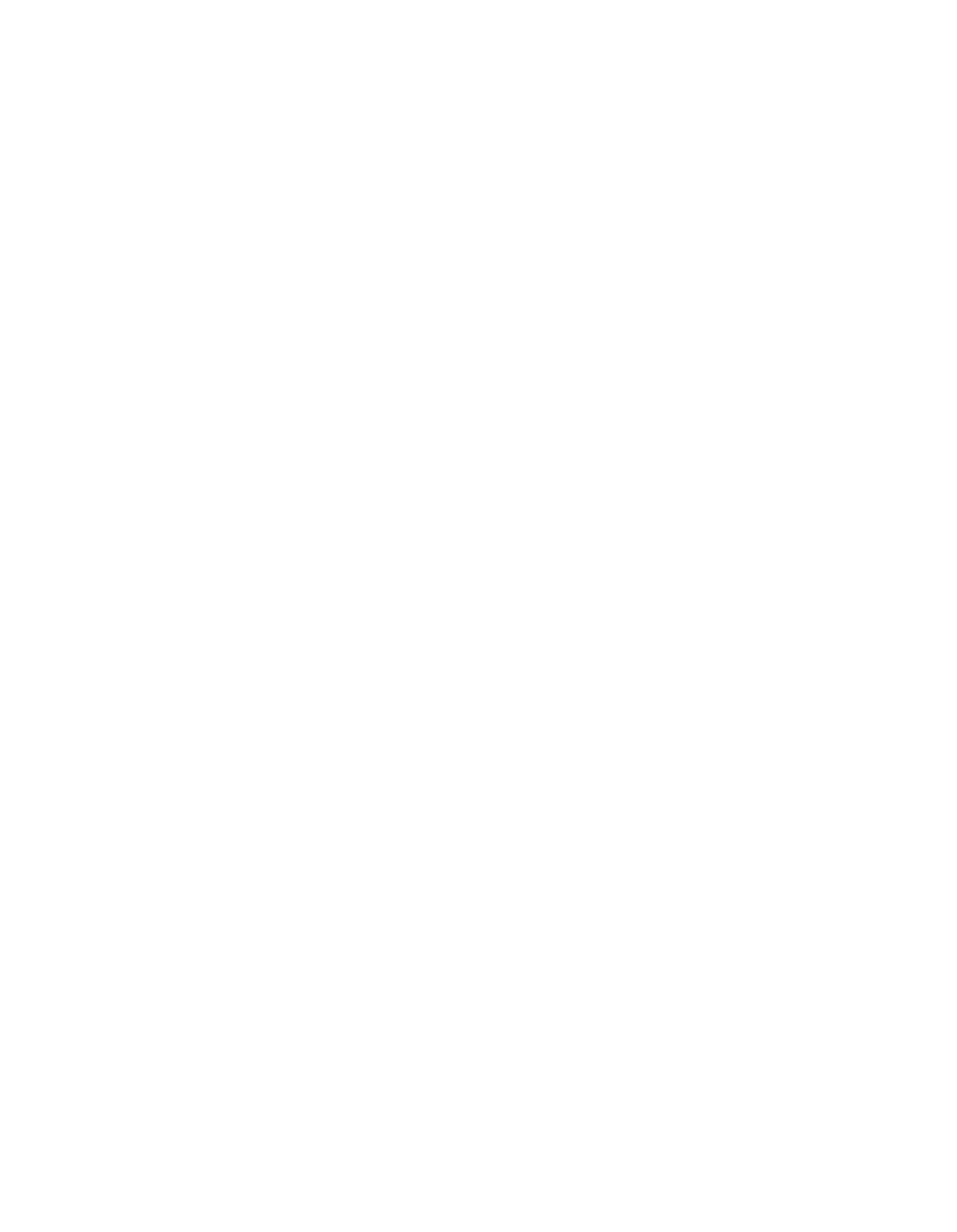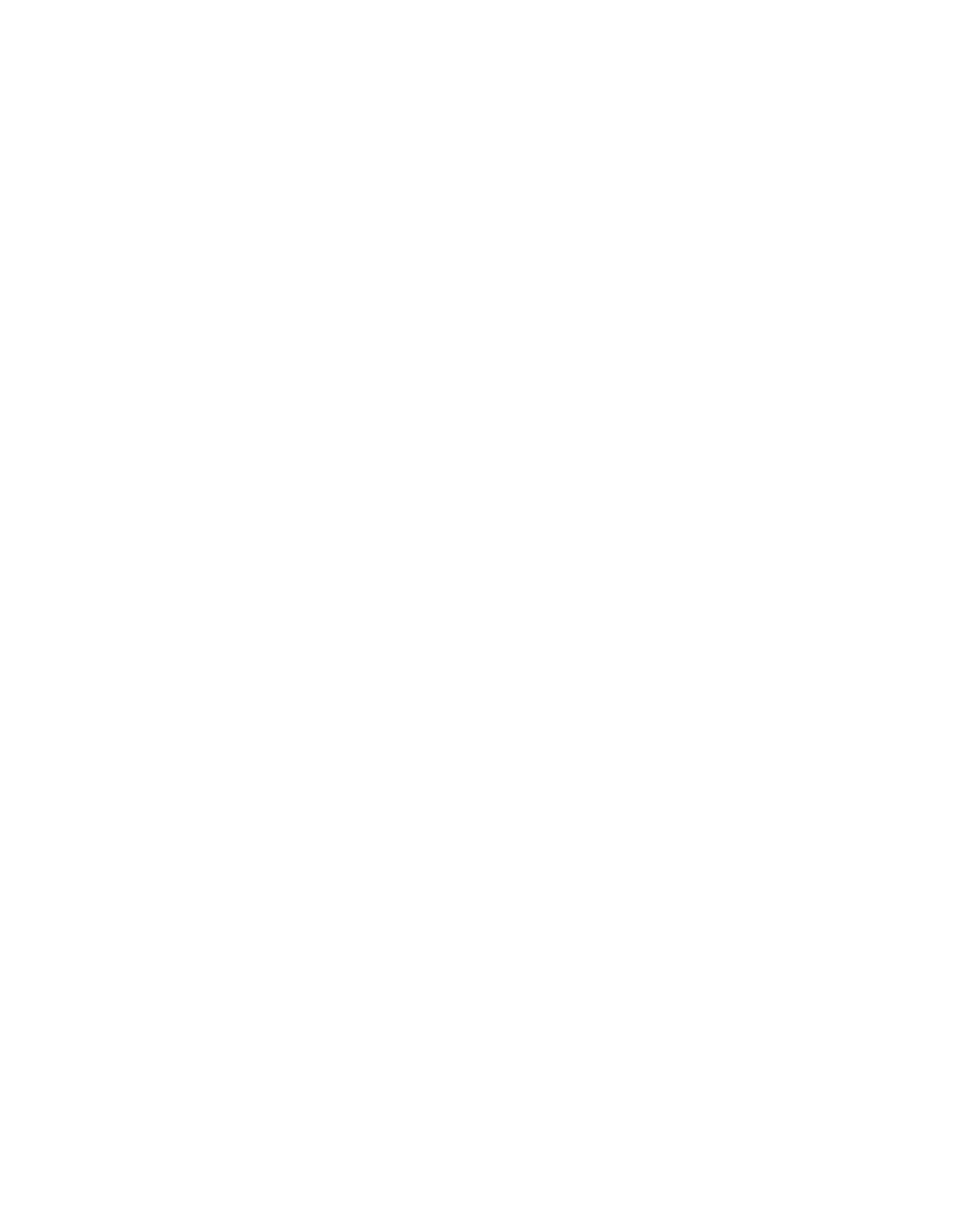ILLINOIS POLLUTION CONTROL BOARD
June 4,
1992
THE GRIGOLEIT
COMPANY,
an
)
Illinois Corporation,
)
Petitioner,
)
PCB 90—135
v.
)
(Trade Secret)
)
ILLINOIS
ENVIRONMENTAL
)
PROTECTION
AGENCY,
)
)
Respondent.
THOMAS
E.
LITTLE
APPEARED
ON
BEHALF
OF PETITIONER’
AND
JAMES
G.
RICHARDSON
APPEARED
ON
BEHALF
OF
RESPONDENT.
OPINION
AND ORDER
OF THE
BOARD
(by J. Anderson):
This
matter
is
before
the
Board
on
the
July
23,
1990,
petition
for
review
filed
by
the
Grigoleit
Company
(Grigoleit).
The
petition
seeks
Board
review
of
the
Illinois
Environmental
Protection
Agency’s
(Agency)
refusal to provide trade secret
protection to Grigoleit’s material safety data sheets
(MSDS5).
Grigoleit requests that the Agency be reversed because of the
Agency’s failure to timely render its determination in accordance
with Board regulations found at 35 Ill.
Adm. Code 120.
PROCEDURAL HISTORY
At the outset, the Board notes that the documents at issue
here were a part of various documents that had been seized on
January 26,
1990 from Grigoleit’s premises by the Illinois
Environmental Protection Agency (Agency) under an administrative
search warrant.
After Grigoleit filed its petition for review, the Board on
August 30,
1990, ordered the Agency to respond to the petition
for review.
The Agency filed its response on September 19,
1990.
On October 9,
1990,
Grigoleit filed a reply to the Agency’s
response.
On October 25,
1990, the Board ordered the case to
hearing and ordered the Agency to maintain confidentiality of the
documents.
Hearing was held on June 20,
1991.
No members of the
public participated.
Subsequent to hearing, on July
1,
1991,
the
Agency filed the record,
including the MSDS5, with the Board.
Having
received
unmarked
documents,
because
of
the
unusual
manner
On June
1,
1992,
the
law
firm
of
Booth and Little filed a
notice of withdrawal of appearance.
134—09
2
in which this proceeding arose and because of some imprecise
testimony at hearing, the Board,
on July 25,
1991,
ordered
Grigoleit to specify, and to properly mark in conformance with
the Board’s regulations, the documents
in the possession of the
Board that Grigoleit asserts to be trade secrets.
On August 20,
1991, Grigoleit spetified that it claimed trade secret status
only for Joint Ex.
2,
some-200 MSDSs and submitted copies of each
MSDS properly stamped “TRADE SECRET”.2
On August 22,
1991,
the
Board ordered that the MSDSs continue to be protected until
resolution of this matter and that all other exhibits be placed
in the public file.
On September 4 and October
3,
1991,
Grigoleit filed
a brief and reply brief respectively; on
September 23,
1991,
the Agency filed its brief.
The unusual sequence of events that occurred, combined with
misapplication of the Board’s regulations, contributed to this
matter going awry to an unusual degree.
We will first discuss
the statutory and regulatory framework applicable to trade
secrets.
STATUTORY AND REGULATORY
FRAMEWORK
Statutory Framework. Sections 7 and 7.1 of the Environmental
Protection Act
(Act) contain the provisions regarding the
availability of public documents and exceptions thereto.
All
files,
records, and data of the Agency, the Board,
and the
Department of Energy and Natural Resources are subject to these
provisions.
All information that is obtained by the above agencies,
in
any manner,
is open to public inspection except for:
1.
information that constitutes a trade secret;
2.
information privileged against introduction in judicial
proceedings;
3.
internal communications of the several agencies;
4.
information concerning secret manufacturing processes
or confidential data submitted by any person under the
Act.
(Section 7(a))
However,
the above information must be disclosed if it
is
effluent data for NPDES permits (Section 7(b)), emission data
2
We note that the rest of the exhibits consisted of the six
letters attached to the Agency’s September 19,
1990 response, and
Agency and USEPA regulations related to confidentiality.
134—10
3
relating to the federal Clean Air Act (Section 7(c)),
or the
quantity or identity of a substance being placed in a landfill,
hazardous waste treatment, storage or disposal facility (Section
7(d)).
There are two provisions in Section 7.1 of special note in
this case.
Section 7.1(a)
provides in pertinent part:
All articles representing a trade secret reported to or
otherwise obtained by the Agency,
.
.
.
in connection
with any
.
.
*
inspection
.
.
.
under this Act, shall
be considered confidential
Section 7.1(b)
of the Act provides:
The Board shall adopt regulations under Title VII of
this Act which prescribe:
(1) procedures for
determining whether articles represent a trade secret;
and
(2) procedures to protect the confidentiality of
such articles.
All such regulations shall be
considered substantive regulations for purposes of
Section 28 of this Act.
Rectulatorv Framework.
The Board adopted the mandated regulations
in 35 Ill.
Adin. Code 120, applicable to the three agencies,
i.e.
the Board,
the Agency and the Department of Energy and Natural
Resources.
In adopting the regulations concerning trade secrets
the Board sought to balance the interests of the information
submitter, the agencies handling the information, and members of
the public.
Of particular note here, the procedures include
quick
“turnaround” times when an agency is to determine whether
or not documents should be in the public domain.
Procedures For
Identifying and Protecting Trade Secrets, R81—30
(November
3,
1983).
In summarizing the Board’s regulations, we first note that
they include the following provision under “Internal Agency
Procedures”
in Part 120, Subpart D, Section 120.401:
Each agency may adopt additional procedures which are
not inconsistent with this Part for the protection of
articles which are claimed or determined to represent a
trade secret.
Thus,
the agencies may adopt additional procedures in the
area of providing for confidentiality of documents in their
possession that are eligible for protection because a claim or
determination of trade secret status has been made,
and only
insofar as those procedures are not inconsistent with Part 120.
Rules adopted by the Agency were utilized in this case (See Joint
134— 11
4
Exh.
1), and Agency reliance on them are part of the controversy.
In any event,
it is the Board’s Part 120 regulations which must
be the basis for the Board’s determination.
Part 120 is contained in the Board’s General Provisions,
commonly called its “Procedural Rules”.
(35 Ill.
Adin.
Code 101-
120.)
Part 120 prescribes the procedures for requesting
protection of an article that is claimed to represent a trade
secret and the procedures to protect trade secrets.
The owner of
an article may seek trade secret protection of the article in two
ways.
The owner may submit to an agency
—
we will reference the
Agency in this case
—
a detailed claim letter,
a set of properly
marked documents,
and either a statement of justification or,
in
lieu of a statement of justification, simply
a limited waiver of
any Agency statutory deadlines pursuant to Section 120.201.
A
request that an article be treated as a trade secret can be made
to the Agency at any time.
If a claim letter, properly marked documents and a statement
of justification
(See Sections 120.201 and 202)
are submitted to
the Agency,
the Agency shall make a determination on the trade
secret status of the documents within
10 working days from the
receipt of the information.
(This period can be extended for an
additional
10 working day period if necessary.)3
(Section
120.225).
If the owner of the article chooses to submit a waiver
in place of the statement of justification, the Agency must
provide trade secret protection.
(Section 102.203).
However,
if
a request for the information is received from-the public, or if
the Agency initiates a request under one of the situations in
Section 120.215, then it
is the owner claiming trade secret
status who, upon notification of such a request, must submit a
statement of justification within 10
(plus 10) working days.
(Section 120.220).
In this case also, the Agency must then make
a~determination of trade secret status within the 10
(plus ten)
working day time frames in Section 120.225 noted above.
A threshhold issue is whether the Agency made a timely
determination in accordance with the Board’s trade secret
regulations,
35 Ill.
Adm. Code Part 120.
Determinations on other
issues, such as whether the documents receive trade secret status
by operation of law, or whether Grigoleit’s claim and statement
of justification suffices for trade secret protection under the
Board’s regulations, will depend on the Board’s determination
regarding the threshhold issue.
~ The opinion will henceforth identify this timeframe as 10
(plus
10) working days.
134—
12
5
BACKGROUND
On January 25 and 26,
1990, the Agency, under an
administrative search warrant, entered Grigoleit’s Decatur plant.
On January 26,
1990, the Agency seized a number of documents. On
the same day, January 26,
1990, Grigoleit’s president hand-
delivered to an Agency field inspector at the site his hand-
signed trade secret claim letter. and statement of justification,
dated January 25,
1990.
Citing Sections 7 and 7.1 of the Act and
35
Ill. Adm. Code 120, the letter claims any documents seized as
trade secret, to be kept confidential. Grigoleit then states that
the letter constitutes the Company’s initial statement of
justification,
and the following paragraph was included:
1.
The Company does not disclose information to
any persons outside the Company and provides only
limited access to certain management employees
concerning its products, processes, equipment,
materials, components,
etc., on a “need to know” basis
only.
The Grigoleit Company further certifies that it
has no knowledge that any such records have ever been
published, disseminated or otherwise become a matter of
general public knowledge.
The above articles represent
a combination of years of experience, practical
application,
innovation and in—house technology which
have been applied in such a manner as to make the
Company’s production processes unique and have enabled
the Company to maintain a competitive edge and provide
the highest quality product.
(Pet.
for Review,
Exh.
A, July 23,
1990; Agency Res. Exh. A,
Sept.
19,
1990; Rec.
Pet. Exh.
1;
Tr.
p.
9.)
It was not until
2 and 1/2 months later, April 11,
1990,
that an Agency enforcement attorney responded.
The Agency letter
states that it had been determined that the Agency cannot make a
determination regarding Grigoleit’s “memorandum” because
Grigoleit has not complied with the “specificity and detail
required by Sections 120.201 (Claim That Article Represents a
Trade Secret) and 120.202
Contents
of Statement of
Justification)”.
The Agency letter then tells Grigoleit that it
has 10 working days to reply pursuant to Section 120.220,
if it
wishes “to persist in seeking trade secret status and protection
for these seized articles...”
(Agency Res.
Exh
B, April 11,
1990; Rec.
Pet. Exh.
2.)
On April
19,
1990; Grigoleit responded.
This letter was
date stamped by the Agency on April 23,
1990.
Grigoleit’s letter
states that Section 120.225 required the Agency to make a trade
secret determination within ten working days of its January 26,
1990 statement of justification, and that no extension was
granted.
It also states that the Agency’s April
11,
1990 letter
134—13
6
is well beyond that time, and therefore the Agency’s “purported
denial of trade secrecy status is untimely”.
The letter then
asserts that the documents are “deemed to constitute trade
secrets”, the documents tb~refore must be protected, and then
notes that the Agency’s letter “does not indicate otherwise”.
(Agency Res. Exh.
D, April 23,
1990; Rec. Pet.
Exh.
3.)
At this juncture, we must note that the section the Agency
is referring to in asserting the 10 day requirement for
submitting a justification references provisions where there is
either a public request for disclosure (Section 120.210) or an
Agency request for justification (Section 120.215).
The letter
is silent on which it was.
There is no record of a public
request.
Nor does the letter on its face make clear that the
Agency was intending to formally initiate its own request,
having
left the decision to Grigoleit “to persist” with its request.
Also, the letter does not follow Section 120.215, which provides
an “including but not limited to” list of circumstances
warranting the request and requires that the letter state the
circumstances.
On June
1,
1990,
an Agency attorney responded.
The Agency
letter this time referenced its own rules,
2 Ill.
Adin. Code 1827.
(See Rec. Joint Exh.
1.)
The letter asserted that the prior
April
11,
1990 letter asked Grigoleit to substantiate its claim
with a “more comprehensive identification and detailing of which
articles are to be treated as a Trade Secret.”
The letter then
added,
“There is reasonable doubt that all articles obtained from
Grigoleit represent Trade Secret information.”
The Agency in
this letter disputed that it had made a final determination in
its April
11,
1990 letter, stating that, pursuant to its rules,
Section 1827.201, Grigoleit’s January 25,
1990 letter was
“insufficient and non-specific”.
The Agency again asserted that
Grigoleit had only 10
(plus
10) working days to respond, but this
time without citing to any rule at all.
The letter then detailed
portions of the applicable~Agencyrules regarding submittal
requirements; Agency standards for a determination in its rules;
and, the Agency timetable for Agency determination upon receipt
of Crigoleits statement of justification,
i.e., within ten
(plus
ten) working days, but citing no rule for the latter assertion.
(Agency Resp., Exh.
C,
September 19,
1990; Rec. Pet.
Exh. 4.)
We note here that the Agency’s Part 1827 rules include in
its statement of authority that it is “implementing and
authorized by” Section 7 of the Act and Section 3(g)
of the
Freedom of Information Act.
There is no tie—in to the Board’s
regulations, including no reference to Section 120.401 quoted
above giving the agencies authority to adopt internal procedural
rules.
However,
for the most part, the portions of the Agency’s
rules detailed or referred to in the Agency’s June 1,
1991 letter
substantially “track” the Board’s regulations.
We also note
that we do not see any language in the Agency’s rules
134—
14
7
substantively different from the
language in the Board
regulations related to its assertion that Grigoleit had only
10
(plus
10)
working days to respond.
On June
19,
1990,
(by letter date stamped June 21,
1990 by
the Agency), Grigoleit replied to the Agency’s June
1,
1990
letter.
Grigoleit
stated that the Agency acknowledged receipt
of Grigoleit’s January 25,
1990 letter and again asserted that
the Agency had
to
make
a trade secret determination within
10
working days.
Grigoleit also asserted that,
since the “Agency
remained silent on Grigoleit’s statement of justification for
a
period of time in excess of that required by statute for it to
render a decision”, the documents constituted trade secrets and
by law must be protected.
Consequently, Grigoleit asserted,
there was no
determination for the Agency to make and neither the
law nor regulations support the position the Agency was
attempting,
i.e.,
“a determination after the mandated date for
action by the Agency”.
Finally, Grigoleit offered to provide
additional information for the Agency files if the Agency would
“advise what
it
is you want”.
(Agency Resp.
Exh.
E;
Rec.
Pet.
Exh.
5.)
On June 20,
1990,
the Agency noted that on June
1,
1990,
pursuant to
2
111.
Adm.
Code
1827.201
(which significantly
“tracks” Sections 120.201 and 120.202
-
contents
of claim letter
and statement of justification),
the Agency requested
substantiation.by Grigoleit of
its claim.
Without citing any
rule,
the letter asserted that Grigoleit failed to submit the
required
information within the “specified period of time”,
and
therefore confidentiality must
be denied.
The letter finally
stated that the documents would be protected during the appeal
process.
(Agency Resp.
Exh.
F,
September
19,
1990;
Rec.
Pet.
Exh.
6.)
We note here that the Agency made no reference at all to
its
first letter of April
11,
1990, which
is the only letter that
relies on Board regulations.
Also,
the Agency supplied no
explanation for substituting Agency rules
in place of the Board’s
regulations.
We finally note that the Agency’s letter did not deny
confidentially on a determination as to whether the documents
satisfy the requirements
of
a trade secret.
Rather,
confidentially was denied because Grigoleit did not submit the
information within the time
limit asserted by the Agency.
Before going to the hearing record, the Board will first
summarize the Agency’s and Grigoleit’s initial response and
reply,
respectively, to the Board’s August
19,
1990 pre—hearing
Order.
134—15
8
PRE-HEARING
ARGUMENTS
As
noted above,
the Agency attached to its pre-hearing
response of September 19, 1990 the six letters that are at the
heart of this case.
The Agency argues that: Grigoleit’s claim
letter was not concurrently delivered to the “appropriate” Agency
personnel
—
i.e, those who make trade secret/confidentiality
determinations,
as is the customary manner of notification
-
and
thus the letter was not received by these individuals for 30
days;4 the delay is attributable to the unusual manner in which
the claim was made,
in that field personnel normally don’t handle
such matters, rather than indifference to the regulatory
requirements;
in the April 11 and June
1,
1990 letters the Agency
informed Grigoleit that it did not meet the requirements of
2
Ill. Adm. Code 1827.201,~and thus the Agency’s 10 working day
response time had not commenced; Grigoleit had an opportunity to
supplement its January 26, 1990 claim; the Agency finds no
specific language in its Section 1827.204(a)
(which provides for
the Agency’s 10
(plus
10) working day response time) mandating
the result put forth by Grigoleit;
and, while the Agency did not
exhibit its normal vigilence, the result propounded by Grigoleit
would allow the “mechanics of the regulation to triumph over its
substance” and thus defeat the public purpose articulated in its
rules.
(Agency Resp.
pp.
1—3)
Grigoleit,
in its October 9,
1990 reply to the Agency’s
response, argues that:
its delivery of the claim letter to the
Agency’s inspectors was most appropriate, certainly under the
circumstances; its claim letter complied with Board regulations;
neither the Act nor the regulations designate “appropriate
personnel” but rather state that the claim must be made to the
“Agency”; the inspectors are in a far better position than
Grigoleit to know who makes confidentiality determinations in the
Agency, and did in fact get it to them,
albeit late;
Section 7.1
of the Act provides for protecting the confidentiality of trade
secrets obtained during an inspection and thus the Agency
inspectors must be aware of this and were the appropriate ones to
whom to deliver the claim.
(Pet. Reply,
1-4.)
Grigoleit then asserts that: the Agency’s April
11,
1990
letter could have used Section 1827.203(a) (2), Requests for
Justification of a Claim,
as a means of getting supplemental
information, but the Agency did not timely make such a decision
under the ten (plus ten) working day requirements of Section
~
The 30 day timeframe became an issue at hearing.
~
Regarding the April
11 letter,
the Agency relied on the
Board regulations, not on its
own
rules as it incorrectly asserts
here.
134—16
9
120.225;6 there is simply no provision in the Act or regulations
for the Agency to wait an indefinite period of time to respond;
the Agency may request the submitter to provide additional
information, seek an additional ten working days, and/or deny the
claim within the mandatory time limits imposed by Section
120.225. Grigoleit argues that the time limit is in fact serving
the purposes of the statute, and that it is untenable for the
Agency to invoke time limits on Grigoleit but ask that its own
time limits be waived.
Grigoleit, citing to the Agency’s June 1,
1990 letter,
argues that the Agency nowhere claims that Grigoleit
has not substantially complied with the regulations or that its
claim letter was not a “statement of justification”.
Finally
Grigoleit points to its April
19, 1990 letter, where it offered
more
information
but
without giving up its right to require the
Agency
to
act
timely
under
Section
120.225.
(Pet. Reply,
pp.
4-
8.)
BOARD
HEARING
As noted at the outset of this opinion, at the start of
hearing the Agency and Grigoleit stipulated that the trade secret
status of all the MSDS5 was the subject at issue, although this
had to be clarified and the MSDS’s properly marked pursuant to a
post-hearing
Board
Order.7
At
hearing
the six letters exchanged were introduced by
Grigoleit.
(Pet.
Exh.
1-6.)
The
only
person
to
testify
at
hearing
was
Mr. Michael G.
McCabe,
a legal investigator
at
the
Agency
since
mid-1987.
At
the time
of
hearing,
Mr. McCabe was the Agency-wide Freedom of
Information Act (FOIA)
coordinator, whose duties include
reviewing trade secret requests from those turning over documents
to the Agency.
Mr. McCabe had never had a trade secret claim
6
Grigoleit was probably referring to language in the Agency
rule that includes as a circumstance for the Agency initiating a
request
“
.
.
.the timely performance of Agency responsibilities.”
However, while that Agency Section contains the Board’s
10
(plus
10) working day requirement for Agency response, it does not fully
reflect
the related Board Section 120.215, particularly insofar as
the
Agency
rule
does
not
require
that
the circumstances warranting
the
request
be
in
writing.
~
Documents stipulated to as confidential included a number
of
employee
related
training,
interview,
and
safety
related
documents,
as well as company planning, site sketch, and internal
chemical
compliance
audits
documents.
Documents stipulated to as
not
confidential
included
Grigoleit’s
contingency
plan,
plant
maintenance
call
schedule,
waste
hauling
manifests
and
“cutter”
documents.
None
of
these
documents
were
made
exhibits
at
hearing.
134—17
10
where the documents were obtained by an administrative search
warrant.
(Tr. p. 17—20.)
Mr. McCabe testified that he uses the Agency rules
2
Ill.
Adm. Code 1827 to review trade secret claims, stating that the
rules flow from authorization given in the “statement of purpose”
in the Board’s Part 120 regulations, and that they closely track
each other.
However, Mr. McCabe stated that he uses only Part
1827
-
the Agency rules, and testifying, incorrectly we note,
that Part 1827 supersedes any contrary language in Part 120 of
the Board’s regulations.
(Tr. 21,
22,
55.)
He testified that he determined that Grigoleit’s
justification was inadequate because: there was no detailed
listing of what articles were seized; no detailed identification
of the persons allowed access, or information regarding
Grigoleit’s procedure for keeping the information confidential,
or information regarding competitive harm or whether it was ever
published or disseminated.
(Tr. p.
23.)
He also stated that,
since Grigoleit’s January 25,
1990 letter used the words
“initial” justification, he felt more comprehensive justification
was coming.
He also stated that no “FOIA” requests have been
made.
(Tr.
p. 24.)~
Mr. McCabe testified that NSDSs are documents that identify
a
chemical
—
its hazardous qualities,
ignitability,
corrosiveness,
etc.
—
and
give procedures for first aid, how to
extinguish
a
fire,
etc.
He
stated
that as part of his
determination he looked to whether Grigoleit had showed him that
it had complied with federal trade secret requirements where
chemical reporting to the local emergency entity, the fire
department and ESDA is required, citing 42 CFR 11021 and 11042.
(Tr. 26—34.)~
8
We note that the Agency’s Part 1827 references Part 1826
regarding internal Agency appeals to the Director prior to appeal
to
the
Board
(see,
e.g.
Section
1827.205
(b)(3)(A)
and
1827.304(b) (4),
the latter providing for appeal
to the circuit
court
(sic)).
~
The Agency made an offer of proof following the Hearing
Officer’s ruling sustaining an objection by Grigoleit as to the
relevancy of the federal regulation to this proceeding.
The Board
sustains the Hearing Officer and his statement that “If
I can be
shown
that
reference
to
CFR
provisions
are
somehow
or
other
devolved from Illinois regulations,
I would be much more interested
in hearing it.
Whether or not CFR requires something doesn’t mean
that the Illinois Environmental Protection Agency may require the
same thing in the absence of regulatory authority.”
(Tr. p.
29.).
134—18
11
Mr. McCabe testified that he did not receive Grigoleit’s
January 25,
1990 letter until the first week in April, although
the Agency attorney received it 30 days after submittal.
(Tr. 36,
39, but see Agency Res. September 19,
1990,
p.
2.)
He also
acknowledged that the Agency had no policy that all trade secret
claims were to be sent to him.
He also acknowledged that, while
it was generally known, particularly in the division of Land
Pollution Control, that trade secret claims were to come to him,
in January of 1990 he did not think everyone knew, particularly
the field inspectors.
(Tr. 40—42.)
Mr. McCabe asserted that he derived his authority to ask
Grigoleit for more information by invoking the Agency rule
provisions that are companion to Section 120.215,
which
provide
for the Agency initiation of a request for justification, and
specifically
for
the reasons in 120.215(c), which states that
“(T)here is reasonable doubt that the article represents a trade
secret
and
there has been a practice,
on the part of the owner of
the article,
of indiscriminately claiming that articles submitted
to the agency represent trade secrets”.
Mr. McCabe acknowledged
that this language was not stated in the June 1,
1990 letter to
Grigoleit.
However,
Mr. McCabe in his testimony showed lack of
familiarity with Part 120.215,
and he again stated that he was
following Part 1827.201 as indicated in the letter and that the
two parts are not identical and that he did not think Grigoleit
had
complied
with
them
in
sufficient
detail.
(Tr.
43—50.).
He testified that,
regarding the requirement for a detailed
statement in Section 120.202(b)
identifying the “persons or class
of persons” to whom the article has been disclosed,
that he liked
to see an employee-signed confidentiality agreement, but admitted
that the regulations do not require this.
(Tr.
51,54).
He also
acknowledged that the regulations do not require that the company
keep confidential information under lock and key.
(Tr.
55).
Mr. McCabe testified that he was confused as to whether
trade secret status was being sought for the documents in that
they did not bear any confidential or trade secret stamp in red
as required, but that he was told to process them for a
determination.
He testified that he was not at the search of the
Grigoleit facility conducted by the inspectors and had no
independent knowledge as to whether there was an opportunity to
have the stamps placed on them.
(Tr. 57,58.)
POST HEARING BRIEFS
As is discussed below, the Board has concluded that the
Agency has defaulted and that the Board, as one of the trade
secret decisionmaking agencies under the statute and regulations,
will assume responsibility for this matter.
Thus, we will not
recap the briefs, which essentially expand upon or recast earlier
arguments addressing the Agency’s actions made in the earlier
134—19
12
response and reply to the Board’s August 30,
1990 Order.
We do
note,
however, that both parties have now reverted to citing
solely to the Board regulations.
DISCUSSION
In reviewing the unhappy history of the events recounted
above,
it is clear that the procedural breakdowns started at the
beginning and continued throughout.
In spite of all the
assertions and testimony,
a number of questions remain
unanswered.
Both parties jumped back and forth between citing
Board regulations, Agency rules,
or no rules at all in support of
actions taken.
As a result, the record is full of
inconsistencies,
contradictions, or no explanation at all for the
actions
taken.
For example, one obvious question is why
Grigoleit
felt
it
had
to make a statement of justification the
day its documents were seized,
rather than simply making
a claim
with a limited waiver of Agency decision, which would have held
the documents as confidential until either the Agency or a member
of the public caused a statement of justification to be made.
One thing is clear, however.
There is no argument that the
the
claim
letter
was
misrouted
through
the
Agency
at least for
the 30 days before it reached an attorney, and that the Agency
waited two and one half months, not
10
working
days,
before
responding to Grigoleit’s claim.
The Agency presented two
arguments in its defense, both seeking to shift the
responsibility to Grigoleit.
First, the Agency asserted that
Grigoleit had failed to make its claim to the proper person, thus
suggesting
that
no proper claim was made at all.
Next,
the
Agency
appeared
to
be
initiating
its
own
subsequent
request for
justification,
although
this
is not at all clear.
What is clear
is that the Agency denied trade secret status because Grigoleit
did not timely respond.
We
reject
these
arguments.
The
Agency
had
neither
rule
nor
policy
for handling trade secret claims, and at the time it was
not
of
general
knowledge
even
within
the
Agency
as
to
whom
to
send
such
claims.
As
for
the
second
argument,
in
essense
the
Agency
is
trying
to
retroactively
rehabilitate its untimely
response
by
claiming
that
Grigoleit
untimely
responded
to
the
Agency’s
untimely
response.
We
find
that
the
Agency
defaulted
in
its
decision.
Next is Grigoleit’s argument that the MSDSs are accorded
trade secret protection by operation of law.
We disagree.
The Board does not find support for Grigoleit’s argument
that,
when
the
Agency
fails to reach a trade secret determination
or
seek
an
extension
of
time
within
the
10
day
timefranie
of
the
regulation,
the
material
is
granted
trade
secret
protection
by
default.
Section 120.250(c)
states that:
“The failure of an
134—20
13
agency
to
make
a
final
determination
within
the
time
limits
prescribed
in
this
part
may
be
deemed
to
be
a
final
determination
for purposes of appeal.”
Other than providing that
it
is
an
appealable determination, the Act and the regulations are silent
as to the consequences of the Agency’s failure to make a final
determination.
When the Agency fails to make a timely
determination on a trade secret, the owner or person requesting
to view the material can appeal the Agency’s non—decision to the
Board for a final determination.
In failing to respond in a
timely manner the Agency waives its right to make the
determination as to trade secret status.
Allowing a default
finding of trade secret status would result in denying the public
access to the information even if it has no trade secret value.
Grigoleit has not cited to any statutory or case law authority
empowering this Board to deem trade secret status be granted by
default.
Absent specific statutory language, the Board finds
that
the MSDS5 do not have confidential status as a trade secret
as
a result of the Agency’s default.
As
a
final
note,
the
Board
emphasizes
that
the
regulations
adopted by the Board are applicable to all three agencies
pursuant to the statutory mandate, and therefore must supersede
any inconsistent provisions in other rules that the three
agencies may have adopted.
(35 Ill. Adm.
Code 120.401.)
REMEDY
The Board declines to attempt to make any further decision
based on the record it finds here.
The whole proceeding was
aborted.
Grigoleit’s initial claim was made in an involuntary
setting.
The record is clear that the Agency did not timely
address the claim,
and that Grigoleit subsequently was not
forthcoming with further information in order to preserve its
position that the Agency had already defaulted.
What is not
clear is why the documents were never properly stamped, and why
the Agency in none of its letters ever identified this failing as
a deficiency in the claim.
Moreover, the record does not
enlighten us as to whether Grigoleit had access to the documents.
Also, while it seems evident that Grigoleit did not have the
option of withdrawing its documents,
it is not at all clear, as
noted above, why Grigoleit could not have simply made a claim
with waiver.
In any event, we have concluded that this record cannot be
used as a basis for determining whether Grigoleit justified trade
secret status.
We have also concluded that it would not be the
best course to remand this matter to the Agency and have
Grigoleit start the process all over again, and risking further
delay resulting from another appeal.
We believe that the public
interest,
as well as administrative economy,
is best served by
bringing this matter to a timely conclusion in a new proceeding
before
the
Board.
We
note
that
under
the
statute
and
Board
134—2
1
14
regulations, the Board, the Agency, or DENR may handle de novo a
trade secret matter.
This is unlike other situations, such as in
a permit appeal where there is no provision for the Board to be
involved in the first instance in a permit determination.
Therefore, the Board will dismiss this appeal after first
retaining jurisdiction so as to give Grigoleit an opportunity to
initiate a new request before the Board.
Within 45 days from the date of this order Grigoleit is to:
either submit a Statement of Justification for the claim or
simply a claim with a limited waiver.
Since the properly marked
documents are already in the Board’s possession, they need not be
resubmitted.
Meanwhile, the documents are to remain
confidential, including any in the Agency’s possession.
We
caution Grigoleit that failure to respond within the 45 days will
subject the documents to placement in the public file for failure
to pursue a claim.
This constitutes the Board’s findings of fact and
conclusions of law
in
this
matter.
ORDER
1.
Because no timely determination by the Agency was made in
this
matter:
2.
The
Material
Safety
Data
Sheets
(MSDSs)
shall
continue
to
remain
confidential.
If,
however,
within
45
days,
Grigoleit
fails to take action pursuant to paragraph
3,
the
documents
will be subject by Board Order to placement in the public
domain and this case will be dismissed.
3.
If, within 45 days of the date of this order Grigoleit,
pursuant to Section 120.201 of the Act, and with particular
reference to Section 120.201(a) (3), either submits a
Statement of Justification for the claim or, alternatively,
a claim with a limited waiver, this case will be dismissed
and the matter will be dealt with as a new case in a newly
docketed proceeding before the Board.
However, Grigoleit
need not resubmit the documents which are in the Board’s
possession which the Board has previously found are properly
marked.
4.
The Board will retain jurisdiction in this matter.
IT
IS SO ORDERED.
B. Forcade concurred.
134—22
15
I, Dorothy N. Gunn,
Clerk of the Illinois
Pollution
Control
Board, hereby certif
that the above
pinion and order was
adopted on the
___________
day of
_______________,
1992
by a vote
of
__________.
/
~
/L~
Dorothy M. G~4~n,Clerk
Illinois PoU!~.itionControl Board
134—23









